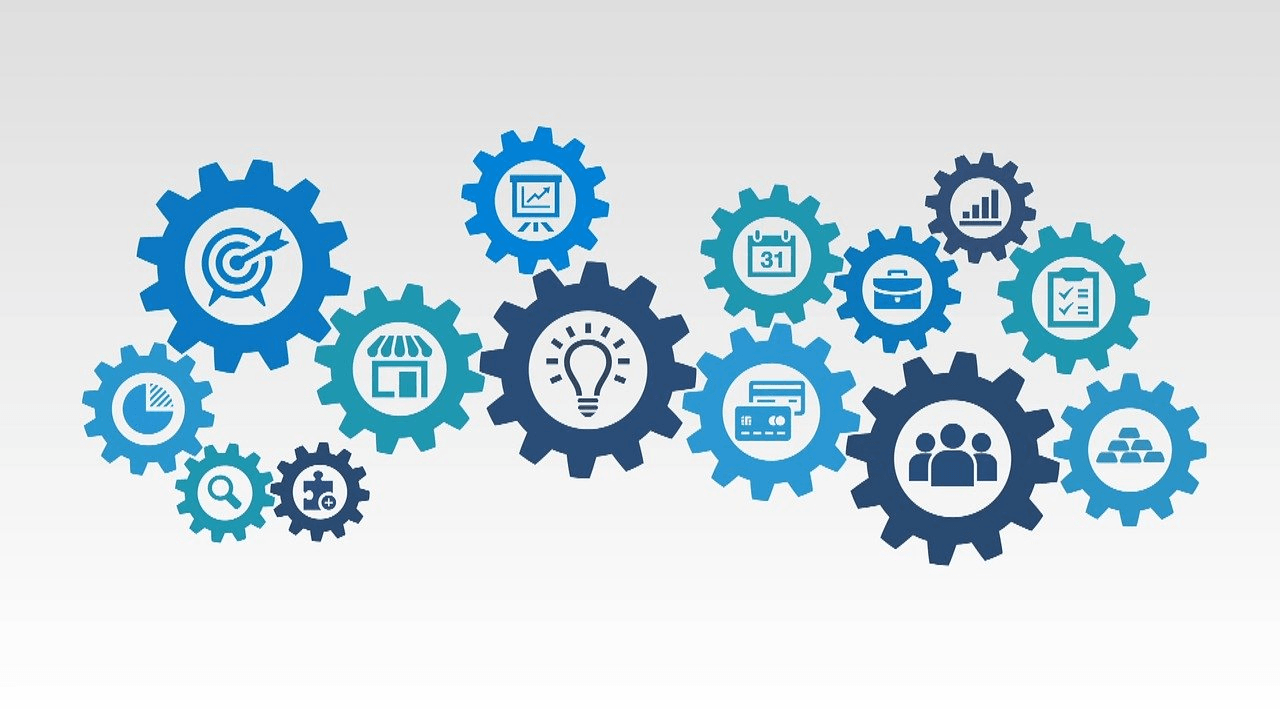Free food can't buy a great culture!! (Part Two)
Just as money can’t buy you love, it can’t buy a great culture either. In fact, as we discussed in our first blog in this series, throwing generous perks and benefits at your staff can do more harm than good when you don’t have the pillars of a strong culture in place to begin with. So how do you do that?
Well the good news is, there are some basics of great culture that your organisation can focus on, right now. We’ve identified thirteen elements an organisation can control, that are front and centre to building (and maintaining) great culture. Of those thirteen there are four “heavy-hitters” which we believe should always be the starting point for any culture effort. They are:
1. Consistently great leadership
2. A clear purpose and strategy that inspires
3. Clear, consistent values and expectations about behaviour that are acted on
4. A work environment that reflects the uniqueness of who you are – what we term your “secret sauce”
Let’s have a look at each:
Consistently great leadership
Whenever an organisation asks us for our help with culture, here’s where we start. Any effort you put into culture is only as good as the leaders who bring it to life across the organisation. Consistency is the key word here – having a few great leaders is not going to be enough. You need to know that
every
leader is 100% behind any culture change effort, that they are gaining commitment and building excitement in their teams toward the new culture, as well as role-modelling the behaviours you are seeking to develop across the organisation. A shared language and understanding is critical here, so bringing your leaders together regularly to develop this and build leadership capability at every level will be imperative.
You also need to know that your leaders are holding their people to account and having those critical conversations should anyone be stepping out of line or undermining the new culture effort. One “bad egg” can do a massive amount of damage to a culture. And that means holding your leaders to account too!
By the way, when I say “leader”, I mean anyone in your organisation that has responsibility for direct reports – even if it’s only one. You may also choose to include leaders without direct reports and informal influencers in this group, as these people typically hold significant power in your organisation and therefore getting them on-board early will be critical to the culture change effort.
A clear purpose and strategy that inspires
Have you heard the story of the man cleaning the toilets at NASA back in the 60’s? He was asked if he understood what the purpose of his job was. He answered that he was helping to put a man on the moon.
There’s your yardstick. Not only did this gentleman understand the purpose of the organisation he worked for, he also understood that he, the cleaner guy, contributed to that purpose. Gold star for NASA!
If you asked each employee in your organisation the same question, what response would you get? Would they understand your purpose and how they contribute? Would they care?
If you want a strong culture, give your people a reason to come to work each day – above and beyond collecting a paycheck. Make sure your purpose statement is written in a way that makes sense to, and inspires each and every one of your people. If you need help in this area and you haven’t yet heard Simon Sinek’s Ted Talk on “ Start with Why ”, it’s a fabulous place to begin.
The same is true for your strategy. It won’t deploy itself – you need everyone in your organisation aligned to your strategy to get it done. That means everyone needs to a) understand it, b) care about it, and c) know how they contribute to it. If your strategy goals are largely financial in nature, ask yourself this – why would your people care about putting more money in other people’s pockets? Short of the paycheck, what’s in it for them? Reach beyond the financials to goals that matter for all. For example, what are your goals around your customers and markets, future innovation, your people and culture, etc. Now don’t get me wrong, financials are important. Just don’t make them everything.
Clear, consistent values and expectations about behaviour that are acted on
Having a strong set of values in place is about creating a compass for your decision making, and creating clarity for all about what is acceptable and what isn’t. Unfortunately, in many organisations they have become a poster on a wall and little else – and they’ll do very little for your culture from that dusty position.
For values to be effective, they need to be broken down into specific behaviours. This takes a high-level concept and makes it tangible and applied – honesty is great but what does it actually mean? Your associated behaviours will define this. It’s also a great exercise to get all your staff involved in – get them to tell you what they think each value should mean, in terms of the behaviours. Bam, now you have engagement and buy-in! Next you have to do two things: 1) Embed the values into the heart and soul of your organisation in every way possible – use them in recruitment, reward based on them, performance manage based on them, use them in induction and leadership development, brand them up and make cool visuals from them, use them in your everyday decision making, and 2) Walk the talk – that means YOU dude! And all your leaders. Discuss how your leadership team can best role model to the organisation that you’re personally committed to these values and behaviours – because that’s powerful.
A work environment that reflects the uniqueness of who you are – what we term your “secret sauce”
One of the most interesting things we learned about when we visited Google’s main campus a few years back, was a concept call “Googliness”. Yes, it’s a real thing! They can’t specifically describe it, but they do recruit for it. It’s a combination of drive, passion, creativity and curiosity. There’s other stuff in there too, but there’s no document that will define it exactly. When you wonder around their campus though, you can sure sense it, and there are physical signs of it everywhere - from the large dinosaur in the garden (often covered in pink flamingos), to the tent some team erected in their workspace to work inside, to the café in the main reception area dedicated to the dogs of Google. Creativity? Tick. Passion? Tick, Curiosity? Tick.
We believe every organisation is capable of having its own version of Googliness –that thing that makes you unique and special and different from the rest. It’s that feeling you get when you walk through the doors every morning that makes you pleased you did. First, find out what that is for your organisation. Ask your staff. Run focus groups. Discuss it in the staffroom at lunchtime. Once you start to understand what defines you as special, find ways to reinforce this within the environment. This is not stuff that has to cost much money - and it’s a great way to get staff involved in brainstorming ideas for bringing your ‘secret sauce’ to life. You could even set up a team of keen individuals and let them to go for it.
You don’t need money to create a great culture. You need commitment for the long-haul (culture change doesn’t happen overnight), dedication from your leaders, and an unwavering belief that the journey is worth it. Which it totally is btw.
Need help or inspiration? Find organisations around you that have great cultures and go visit them (be careful though – a funky physical environment doesn’t necessarily equal a great culture). And of course you can give us a call, we love talking culture!










